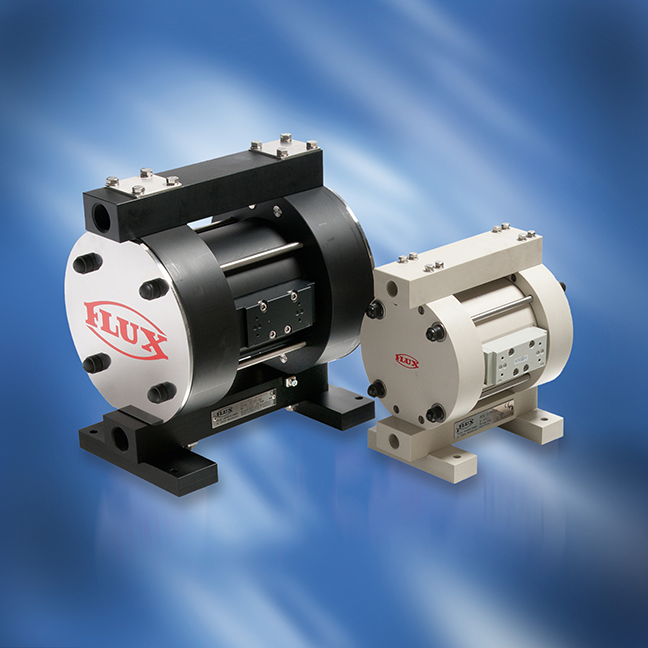The role that pumps play in industrial machinery is important. They facilitate the seamless flow of liquids across different applications. As the industrial landscapes change, the demand for reliable and efficient pumps changes, too. This is why it is important to choose the right pump for the job.
Common Applications of Pumps
Common applications of fluid pumps include crude oils and water. According to experts at Pumpbiz, gear pumps are common in the refining process and crude transfer of oil. On the other hand, centrifugal pumps dominate water circulation and transfer applications. Other applications include the following:
- Gasoline & diesel
- Acids & chemicals
Types
Identifying the right fluid pumps for specific applications won’t be easy, considering there are many types available in the market. To make the right decision, you will need to understand the following types of fluid pumps:
- Positive Displacement Pump
This type of pump works by simply delivering a fixed water amount through mechanical expansion and contraction of a flexible diaphragm. Although this pump is efficient, it will need a small clearance between the system’s outer edge and the rotating pump. This means rotation can be at a low speed. In cases where the speed is high, the liquid can erode and minimize the overall efficiency of your pump.
- Centrifugal Pumps
You can use centrifugal across industrial and domestic processes. From supplying water to residents to industrial applications, such as chemical, food, and beverage manufacturing, various centrifugal pumps must efficiently meet certain pumping requirements. They can either be axial or radial centrifugal pumps. The main difference between the two is seen in orientation. When it comes to design, radial centrifugal pumps allow outward motions of fluids that channel through them. Pumped liquids are exited and pressurized through downstream piping. In comparison, axial centrifugal pumps generate the motion of fluids through the lifting effects of impeller vanes.
- Submersible Pump
This works under ESP’s (Electric Submersible Pumping) principle. This is often achieved by lowering the pressure of flowing fluid, which minimizes pressure below the shaft, where submersible pumps sit. The motors of ESP systems are made to work under high temperatures and pressure – meaning, you can use them in a situation where deep wells are very common, like oil wells. However, they are more expensive to run since they need special cables.
- Reciprocating Plunger Pump
This is among the most ubiquitous industrial pumps that companies in the oil & gas industry use. A plunger pump uses the reciprocating motion of pistons and plungers to pressurize liquids in enclosed cylinders into the piping system. This pump is regarded as a constant flow system, because at a given speed, the rate of flow remains the same, regardless of the pressure in the system. Relief valves are important components of plunger pumps that discharge piping systems to avoid over-pressuring the piping system and pump.
In conclusion, the key to choosing the right type of fluid pump is to know how each one works. Whether it is for industrial or domestic settings, make sure you are familiar with different pumps, like centrifugal, submersible, and positive displacement pumps, to mention a few.
